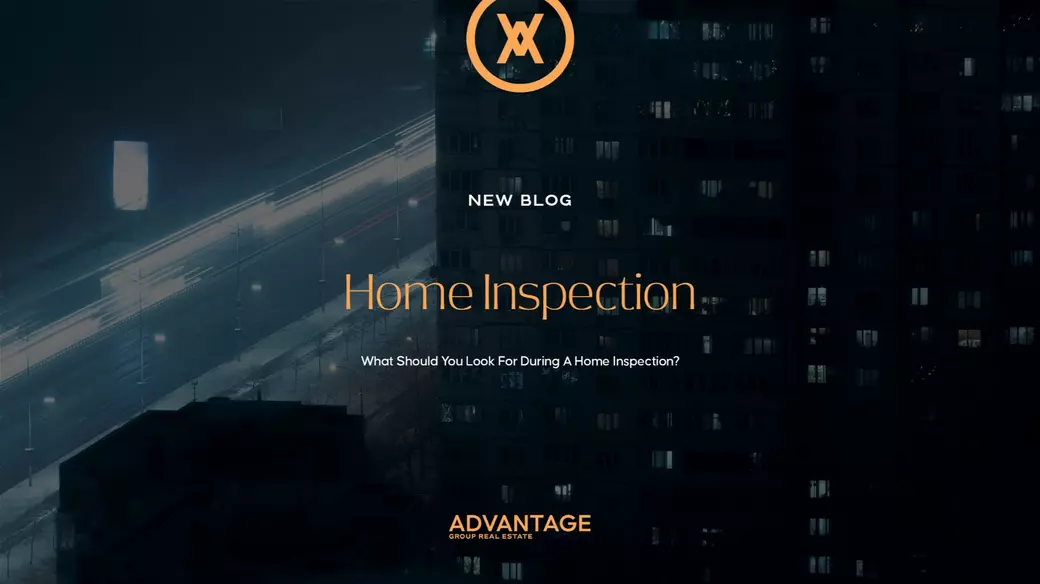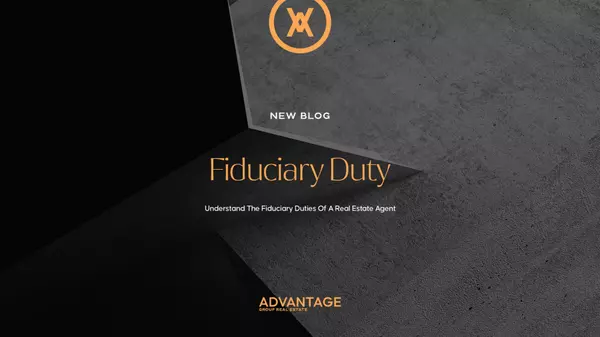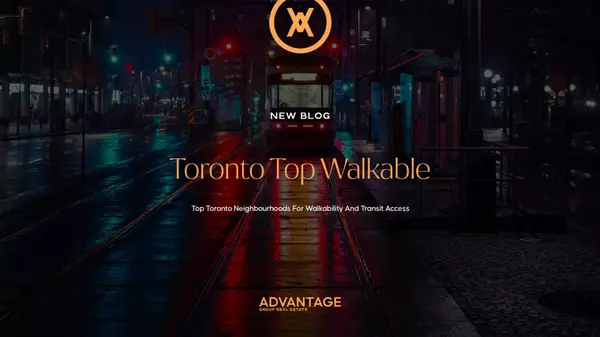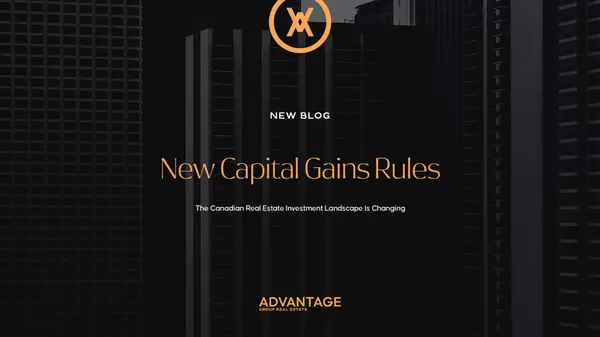What Should I Look For During A Home Inspection?


According to a 2021 report by the Ontario Association of Home Inspectors, approximately 65% of purchased homes in the region underwent a professional inspection before the sale was finalized. This statistic emphasizes the importance of a thorough check-up to ensure your potential new home's structural and functional integrity.
Understanding a property's essential features and potential pitfalls can impact your living experience and finances. From the foundational strength and system efficiencies to the environmental safety of your intended home, let's explore the key areas you need to focus on before committing to a new purchase.

Understanding the Structural Soundness of Your Home
Making sure your new home is structurally sound is crucial. A home with a weak foundation could cost much more than its purchase price.
First, check the foundation for cracks or shifts, as these could cause big problems later on. Then, look at the walls and floors for any bowing or sagging—these are signs that there might be serious structural issues.
Also, the condition of the load-bearing walls and joists must be examined to ensure they are undamaged and intact. Remember, the structural integrity of a home is essential, and neglecting it could result in expensive repairs.
Check the roof and ceiling for unevenness or leaks, as these can indicate deeper structural concerns.

Examining the Electrical and Plumbing Systems
The electrical and plumbing systems are vital to a home, much like the nervous and circulatory systems are to the body. They must be in top shape to ensure a safe and comfortable living environment. When inspecting a home, check for signs of outdated wiring, ensure that the electrical panel is well-labelled, and ensure that there are enough outlets in each room.
If you're considering purchasing an older home in Toronto, it's essential to be aware of "Knob and Tube" wiring. This type of wiring was standard in homes built before the 1950s. Although it is not inherently hazardous, its age and the fact that it doesn't ground electrical currents can make it incompatible with modern appliances and potentially a fire risk. Many insurance companies in Ontario have strict requirements regarding Knob and Tube wiring. They may only provide coverage if it is completely replaced, or they could require a certified electrician's inspection and subsequent upgrades to ensure safety and compliance with current electrical codes.
Similarly, carefully assess the plumbing for any signs of leaks, rust, or water damage. Test the water pressure and the efficiency of the hot water system. It's also wise to check for KITEC plumbing, commonly used in homes from the 1990s to the early 2000s. KITEC is known to degrade and fail, leading to costly water damage and repairs, and its presence can significantly affect insurance premiums and resale value.
Although often overlooked, these systems are essential for daily comfort and well-being.

Assessing the Roof and Exterior Elements
A roof over your head provides more than shelter—it's a critical shield that protects you from the elements. During your home evaluation, pay close attention to the roof. Look for missing or damaged shingles and any evidence of water penetration, and ensure that the insulation is comprehensive and in good condition. These issues can lead to major problems such as leaks and energy inefficiency, which could incur significant repair costs down the line.
Similarly, the home's exterior components—such as siding, windows, and doors—require meticulous inspection to assess their integrity and insulation quality. These features are vital for energy efficiency and maintaining a comfortable indoor environment, especially in Toronto weather.
Inspecting a roof in the winter can be challenging due to snow coverage. If snow is present, it's essential to check for visible icicles or ice dams along the eaves, which can indicate inadequate attic insulation and ventilation. Additionally, hiring a professional who can safely inspect a winter roof might be necessary to evaluate the underlying condition and ensure the home remains a secure sanctuary against harsh Canadian seasons.

Identifying Potential Environmental Hazards
While a home may look ideal from the outside, potential environmental hazards could be hiding within, particularly in older properties. Common concerns include lead paint, asbestos, and mould, all of which can compromise air quality and pose significant health risks.
An inspection is crucial for identifying these hidden dangers so you can address them before settling in. This step goes beyond assessing the home's aesthetics—it's about revealing the unseen details that could affect your health and safety.
Additionally, being aware of these issues is important for insurance purposes. Many insurers require specific assessments of these hazards before offering coverage, and failing to disclose or adequately address these problems could lead to denied claims or increased premiums. By thoroughly inspecting for and mitigating these risks, you ensure your future home is a safe haven and protect yourself against potential legal and financial issues.

Evaluating the HVAC System for Year-Round Comfort
The comfort of your Toronto home largely hinges on the efficiency and reliability of its Heating, Ventilation, and Air Conditioning (HVAC) system. During the home inspection, it's crucial to check the age and condition of the furnace, air conditioner, and ventilation ducts. These components should operate efficiently and be well-maintained to ensure they function effectively throughout the seasons.
A robust HVAC system is necessary for Canada's varied climate. Thoroughly assessing this system is an excellent step towards guaranteeing comfort in your home regardless of season. This includes checking for consistent maintenance records, ensuring no irregular noises during operation, and verifying that the system meets all local building codes and standards.
An outdated HVAC system can significantly increase your utility bills and decrease your home's environmental friendliness. Upgrading to a more energy-efficient system can enhance indoor comfort, contribute to long-term savings, and support environmental sustainability.
Wrapping Up: Making Your Home Purchase with Confidence
Completing a thorough home inspection is essential for identifying any potential issues and ensuring the property meets your expectations for safety, functionality, and comfort. By examining the structural foundations, electrical and plumbing systems, roofing, environmental risks, and the HVAC setup, you'll understand what to expect and how best to maintain your new home.
This careful evaluation does more than prevent future surprises—it also empowers you to negotiate with confidence and secures your investment. Equip yourself with this knowledge and collaborate with skilled professionals to scrutinize every detail.
Categories
Recent Posts











"My job is to find and attract mastery-based agents to the office, protect the culture, and make sure everyone is happy! "

